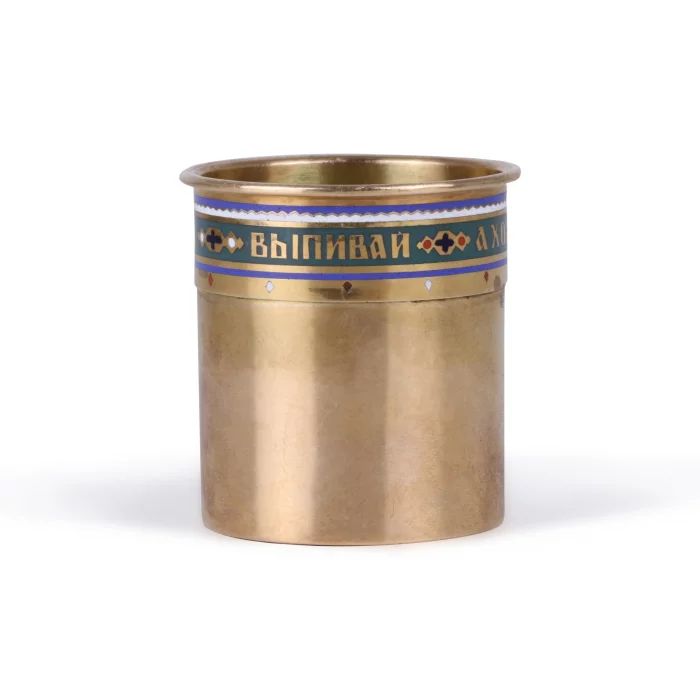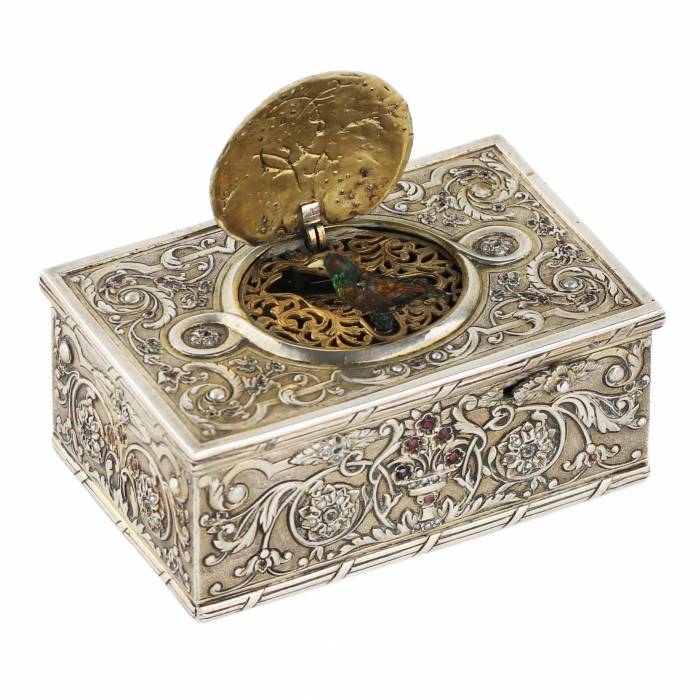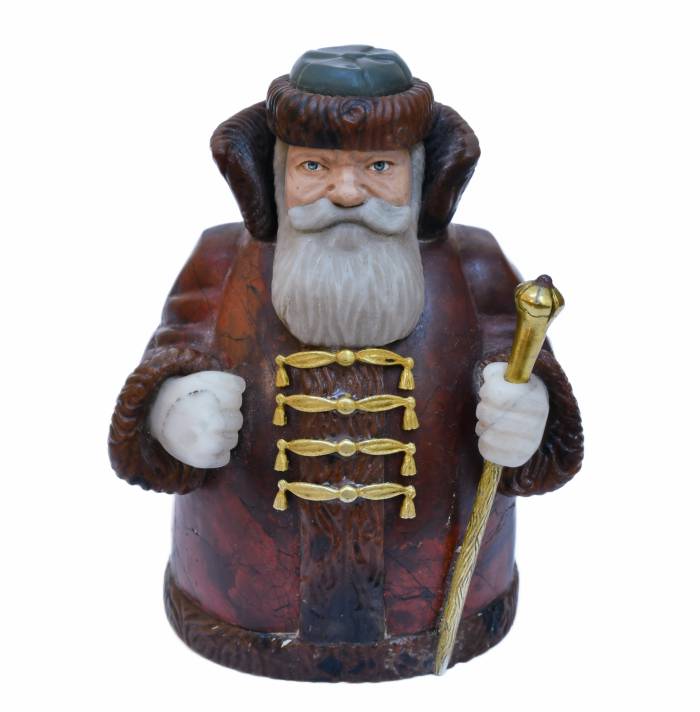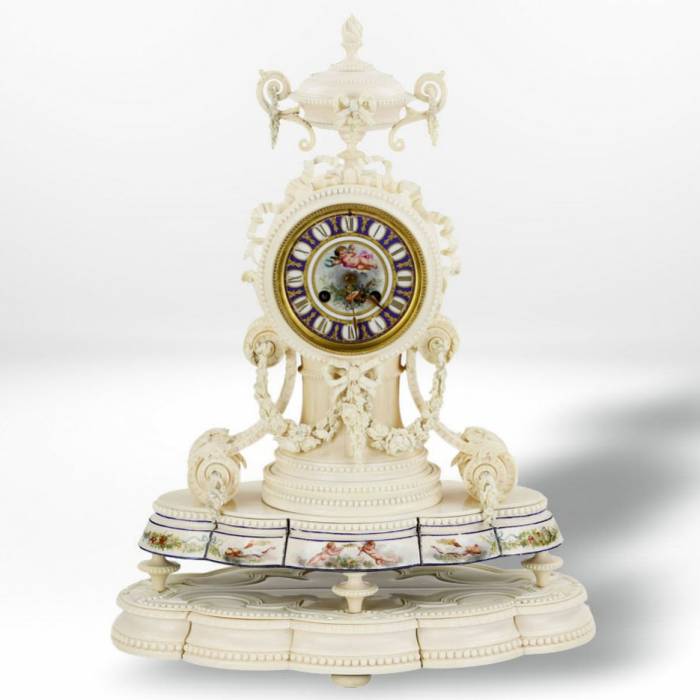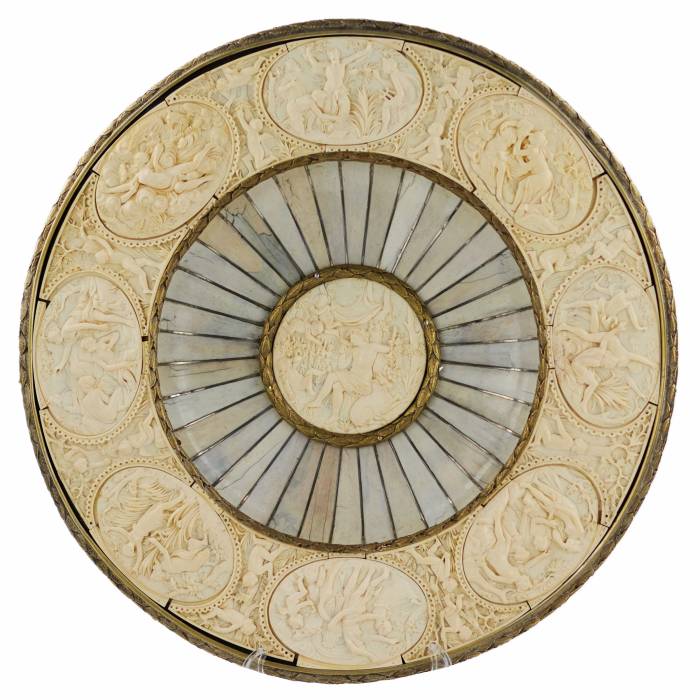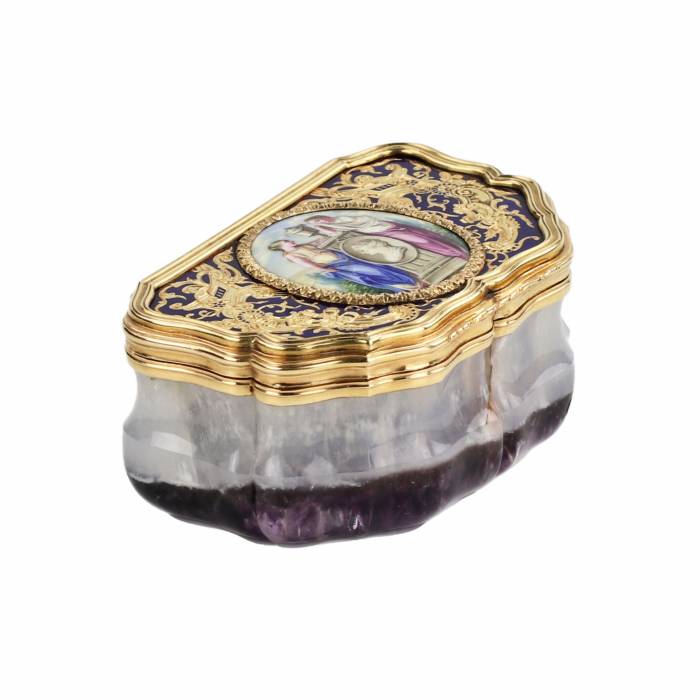
AntiqonART consultant will contact you within one business day after receiving your request.

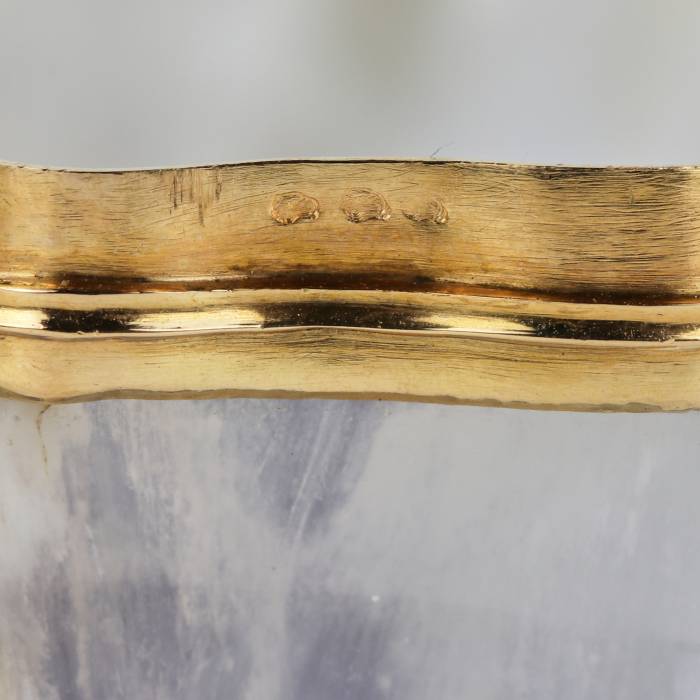

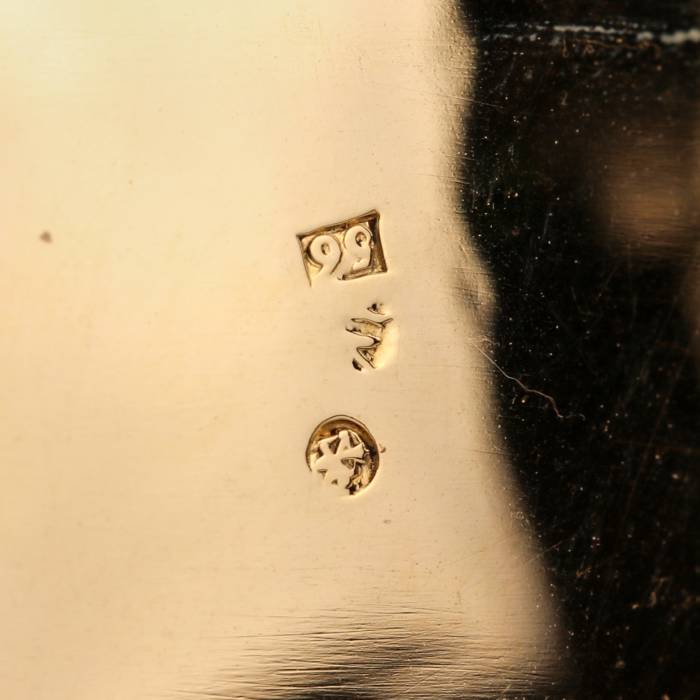
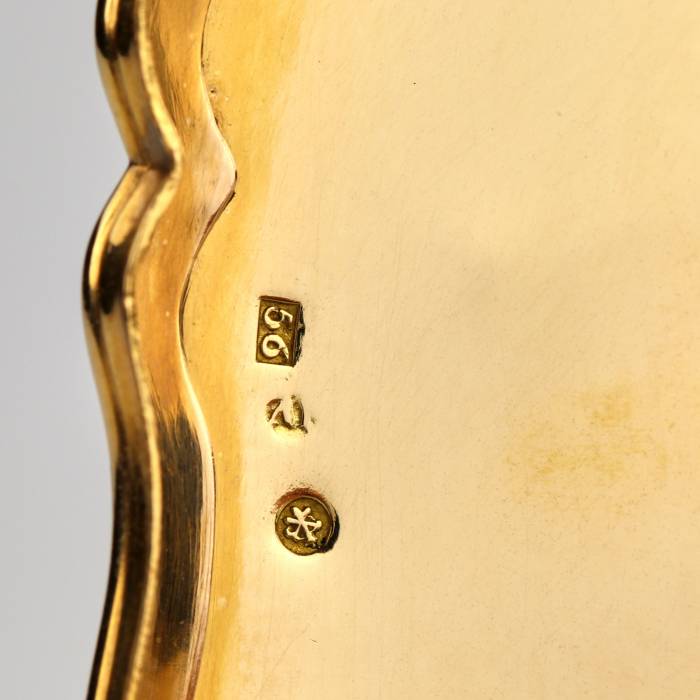
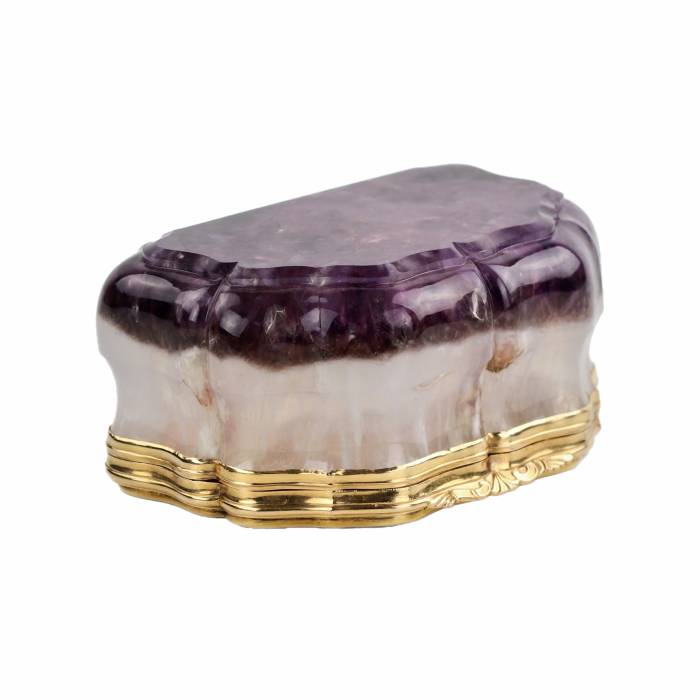
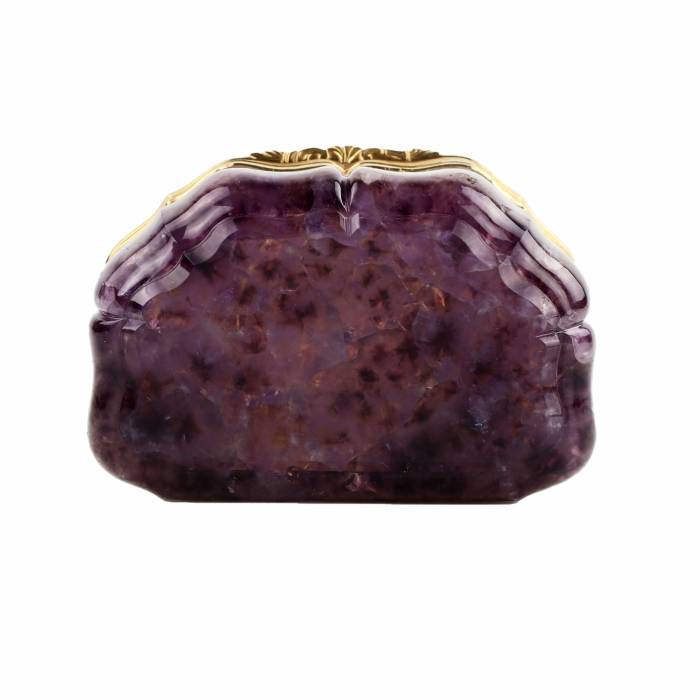
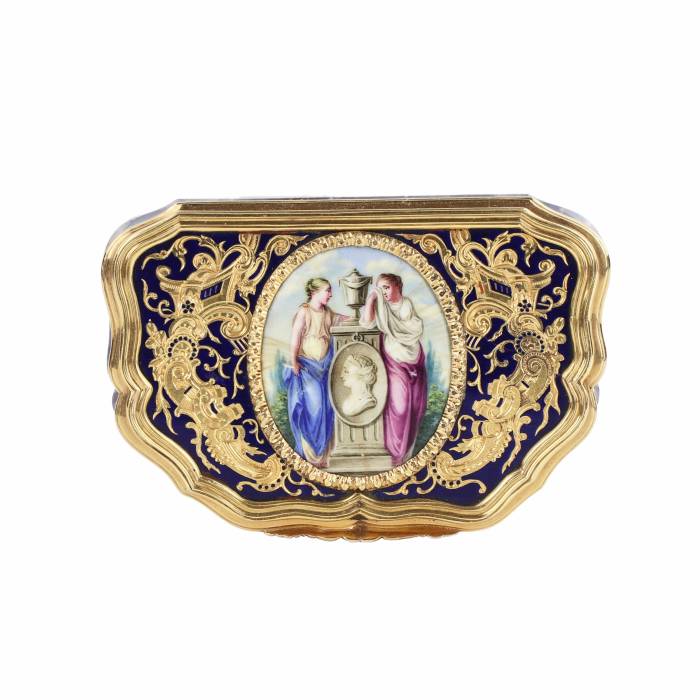
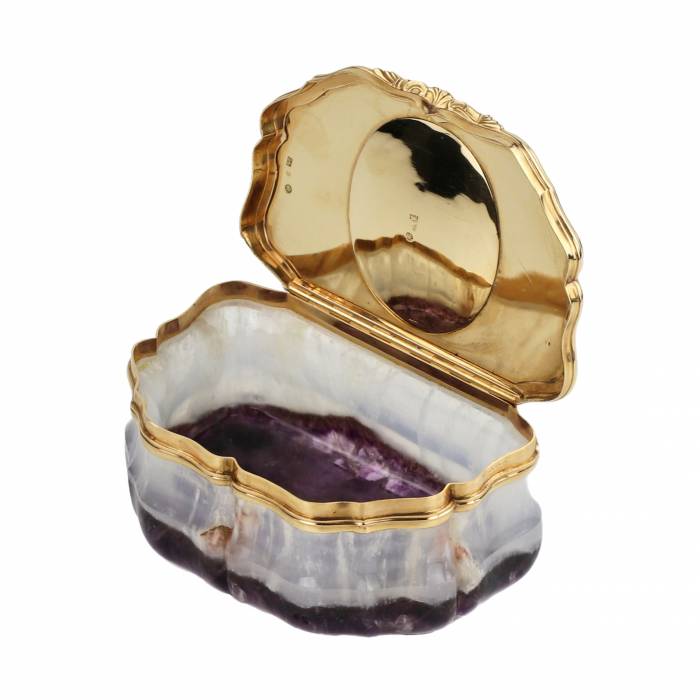
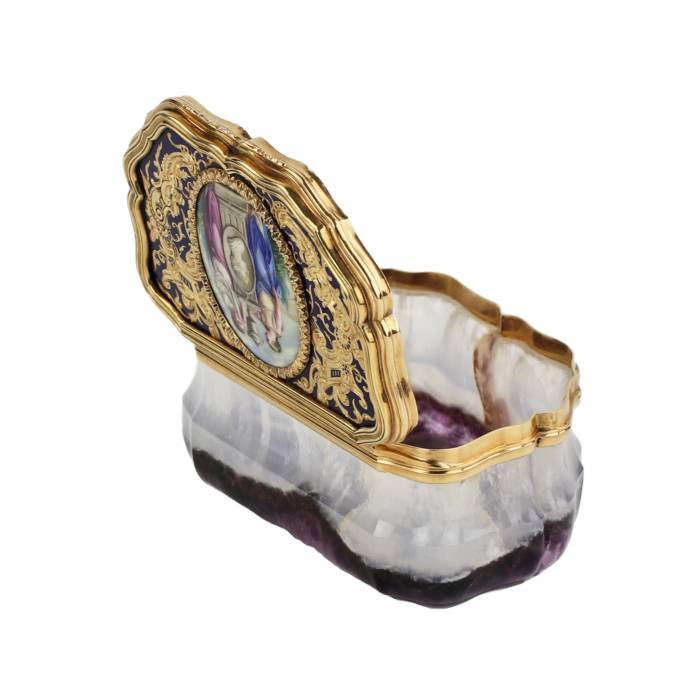
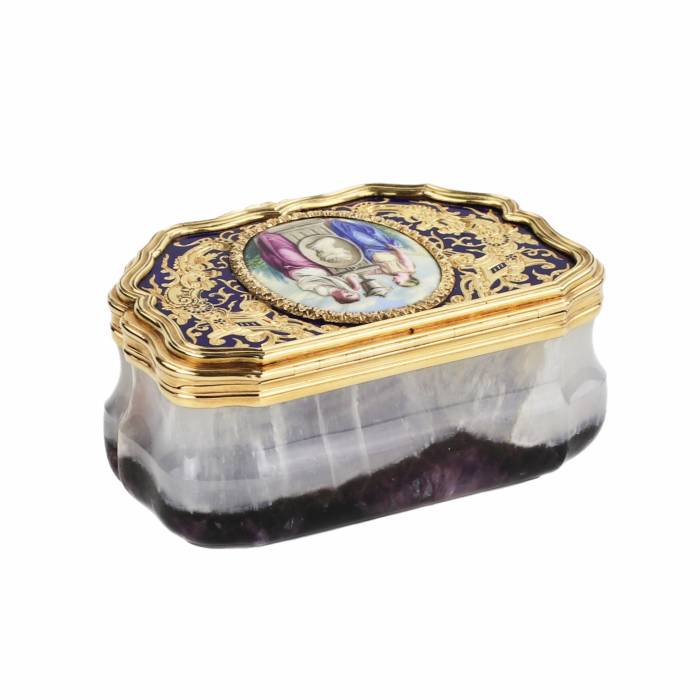
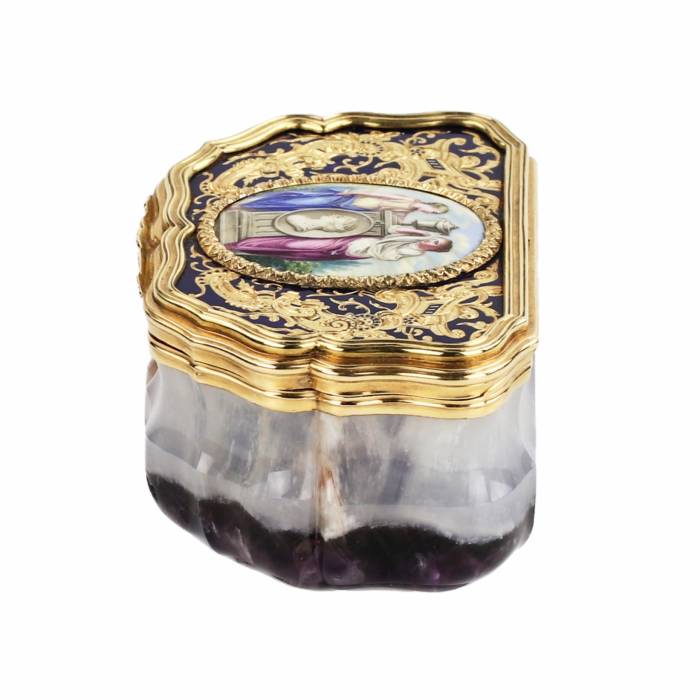
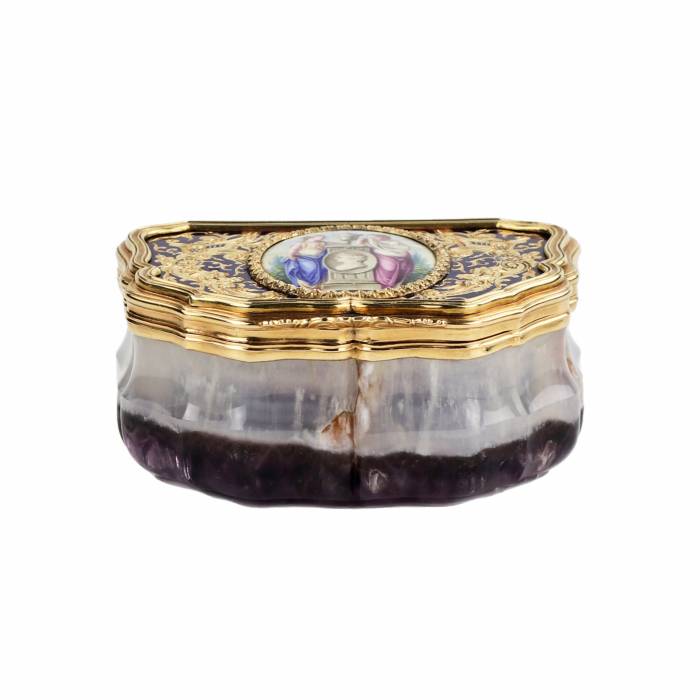













Discover how the value of similar works has evolved over the past 10 years. Art is not only beauty — it's an investment.
Discover how the value of similar works has evolved over the past 10 years. Art is not only beauty — it's an investment.
Antiqon ART offers free packaging, insurance, and delivery for most items purchased through the company.
Une tabatière unique en amethyste solide avec un couvercle en or grave et un medaillon en email fait à la main. Incarnation luxueuse et majestueuse de l`univers baroque. La plenitude de vie dans les motifs baroques classiques : coquillages, vagues et monnaies, rencontre une legère tristesse du souvenir, dans un medaillon. Les elements des sentiments, de la nature, des passions debridees coexistent avec la fatalite du destin et la volonte du destin. Profiter du luxe, des vacances au bord de la tristesse - c`est un cocktail special que le baroque donne à chaque contact d`une tabatière.
Poinçons : 56 (preuve d`or), poinçon de la ville de Saint-Petersbourg, poinçon français importe (utilise de 1838 à nos jours), poinçon peu lisible du maître, vraisemblablement Keibel.
L`atelier Keibel (en activite de 1768 à 1910) est considere comme l`une des maisons de joaillerie les plus importantes de l`Empire russe, specialisee dans la fabrication d`objets en or et en argent, ainsi que dans la fabrication de commandes.
Poids total 163 grammes.
The condition report is provided for informational purposes only.
It is not comprehensive and may not reflect all defects, restorations, alterations, or adaptations, as Antiqon does not perform professional conservation-level assessments. The information is based on a qualified, yet subjective, evaluation by our specialists.Before purchasing, we recommend consultation with an independent expert.Please also consult our Terms and conditions and Glossary A-Z, which contain important information on lot characteristics and sale conditions.
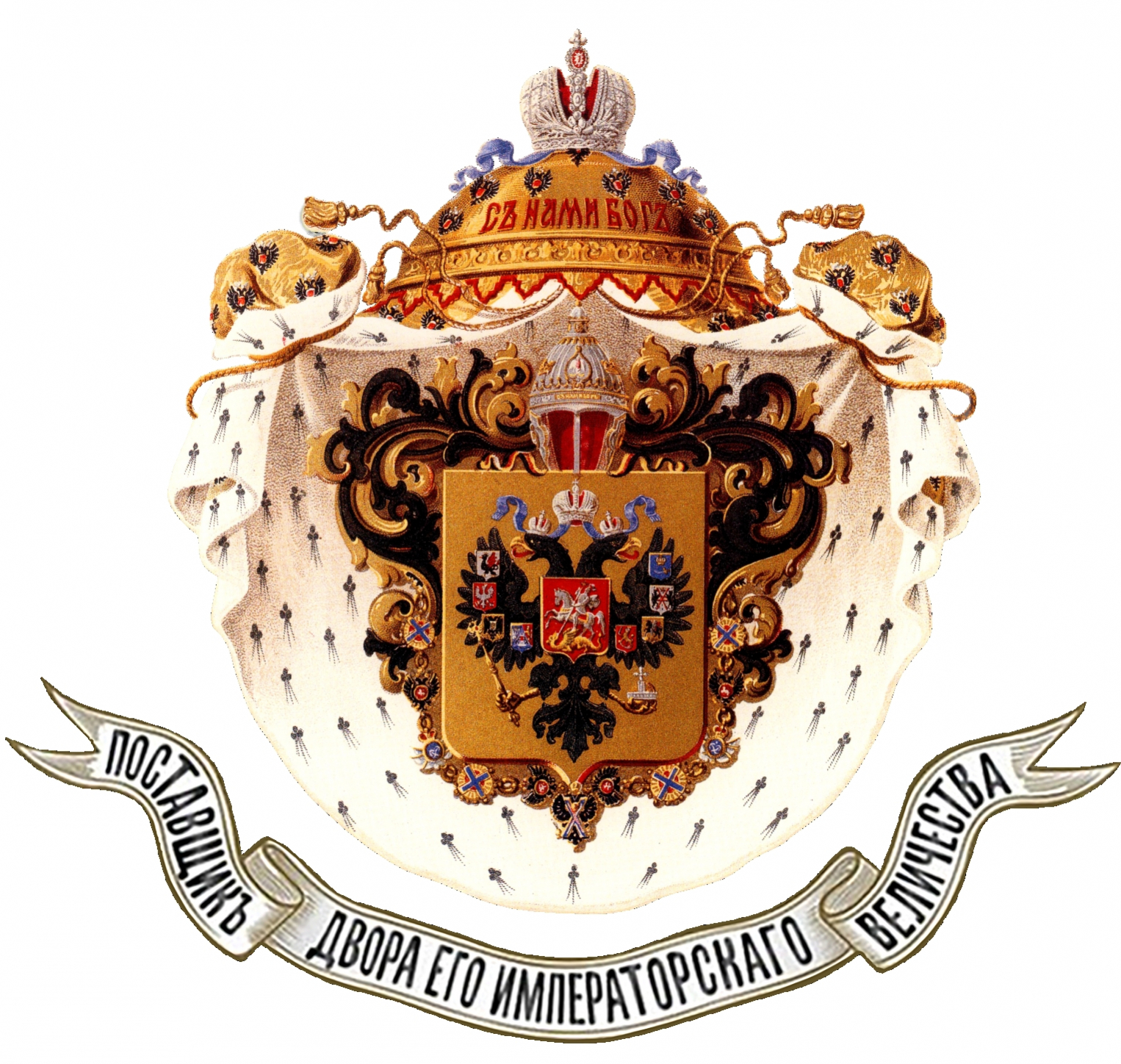
Thank you for your request!
Our consultant will contact you soon.

AntiqonART consultant will contact you within one business day after receiving your request.
Thank you for your request!
Our consultant will contact you soon.

AntiqonART consultant will contact you within one business day after receiving your request.














